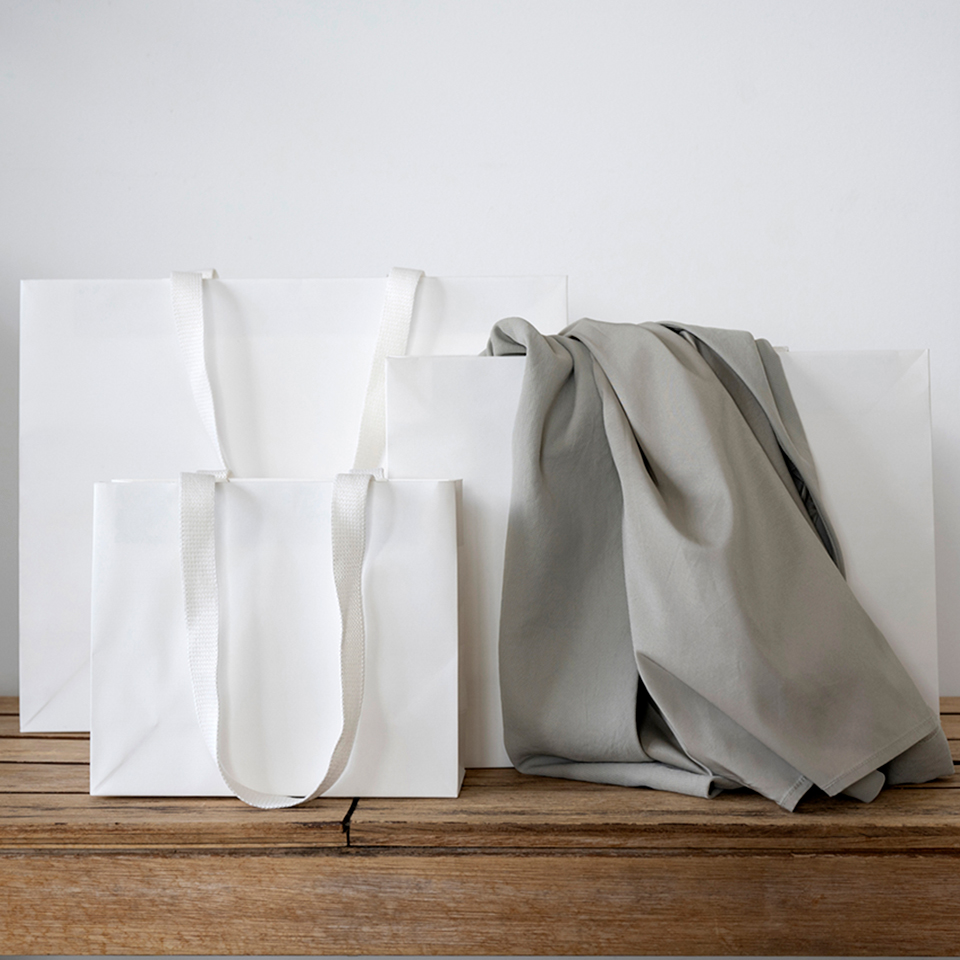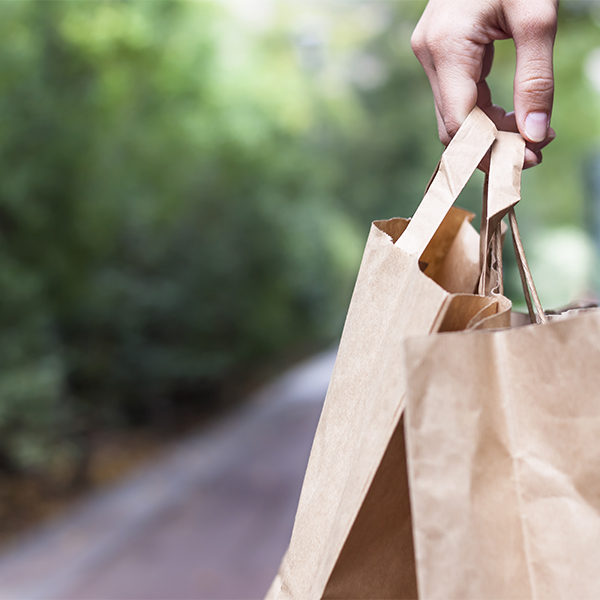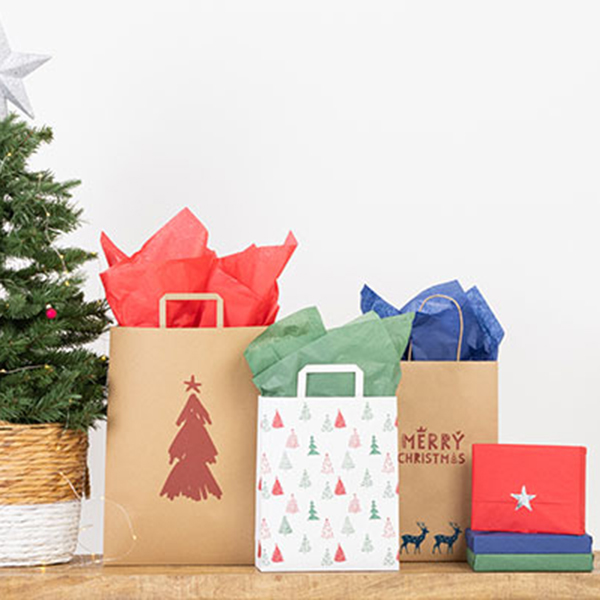Single-use plastic bans implemented across Australia
March 10, 2021
Just over a year on from Victoria banning the bag – states around Australia are now looking at extending bans to other plastic items.
And bags haven’t escaped new legislative targets, with many jurisdictions acknowledging that initial bans on lightweight plastic bags haven’t curbed the issue of excessive plastic usage, and that thicker style plastic bags should also be banned from retail settings.
Across Australia and New Zealand, lightweight plastic bags have been outlawed – except for in New South Wales where a ban is anticipated later in the year.
These bans were about protecting our environment for now and for future generations.
Previously in Australia, around 3.2 billion plastic bags were being used every year.
While the majority of these ended up in landfill, around 40million bags would enter the environment every year.
The impact was significant, with these lightweight bags breaking down into smaller pieces of plastic which then remained in our natural environment, or even entered the food chain for animals.
This problem has been exacerbated for our marine life, with the Ellen MacArthur foundation predicting that without significant change there will be more plastic in the ocean by weight than fish by the year 2050.
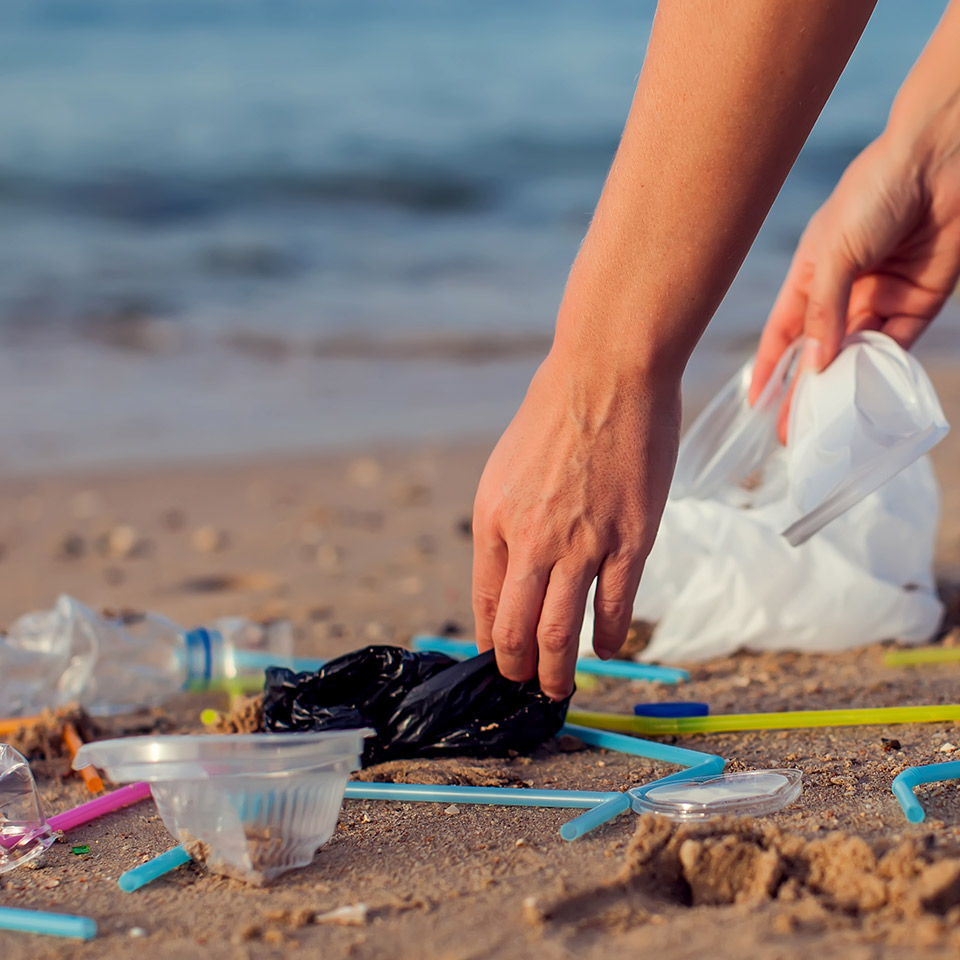
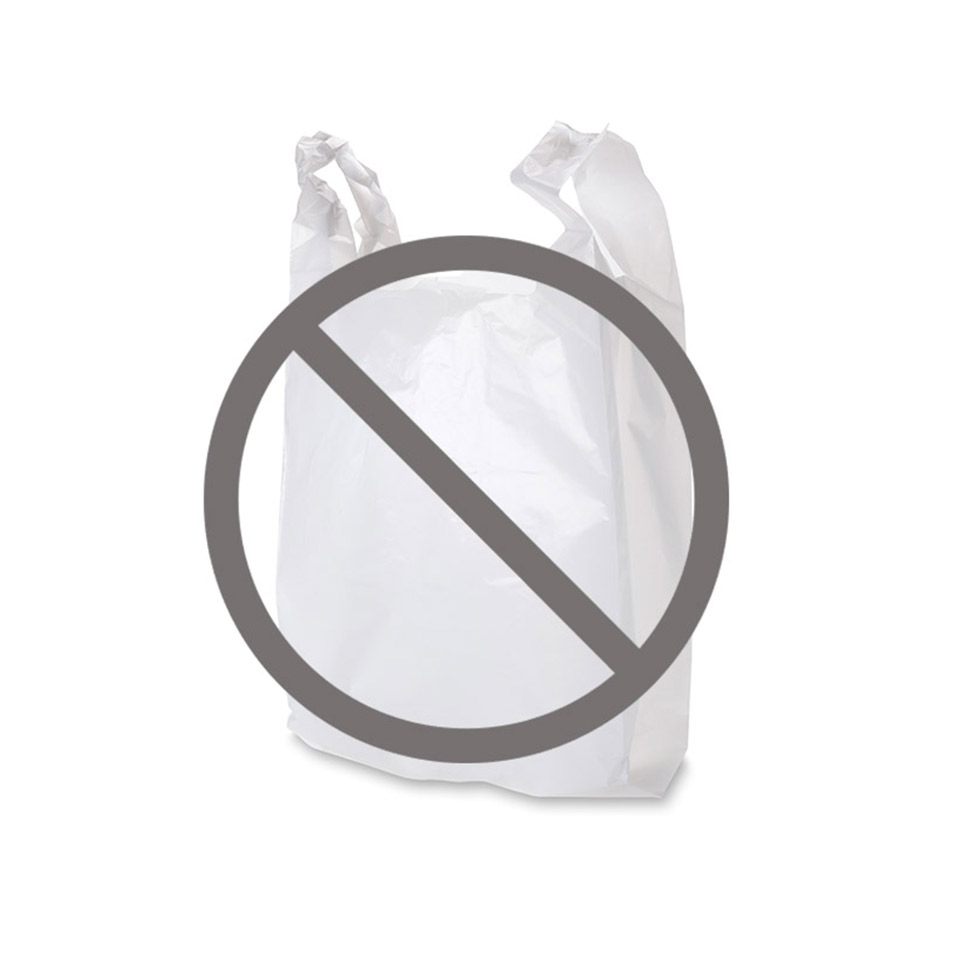
Banning plastic bags across both Australia and New Zealand has seen a shift in consumer behaviour in everyday shopping, with reusable or recyclable bags the norm.
Since banning plastic bags, South Australia has highlighted a 45% decrease in the percentage of plastic bags contributing to the litter stream, the Australian Capital Territory recorded a 36% decrease.
In Queensland, 900 million plastic bags were saved during the first year of the plastic bag ban.
Consumer sentiment has been generally positive toward legislative efforts.
In Victoria, one of the more recent states to outlaw lightweight plastic bags, 96% of consumers indicated support for the ban.
But as the government now turns its attention to other plastic items, such as plastic straws and cutlery, consumers have also expressed a desire to ban thicker style plastic bags.
These bags are designed to be reused, made thicker to give the product more integrity to be used several times.
Despite the design and intent behind these bags, many of them are still used only once or twice before being disposed of, adding to concern that these items, too, are adding to our plastic problem.
Compostable or PLA plastic bags have also been highlighted in proposed legislation.
Already Victoria and New Zealand have banned these bags because of the requirement of commercial composting conditions for disposal of these products. Without this, these bags have the same impact in the environment as their traditional plastic equivalents.
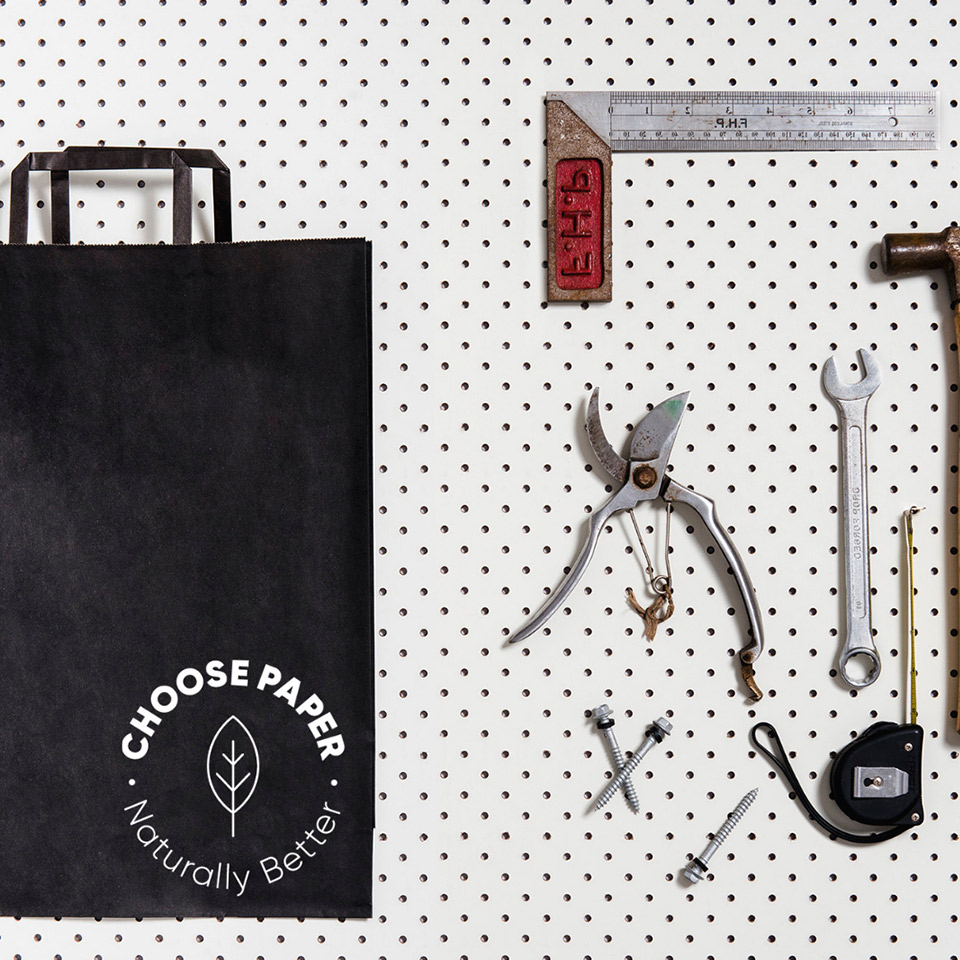
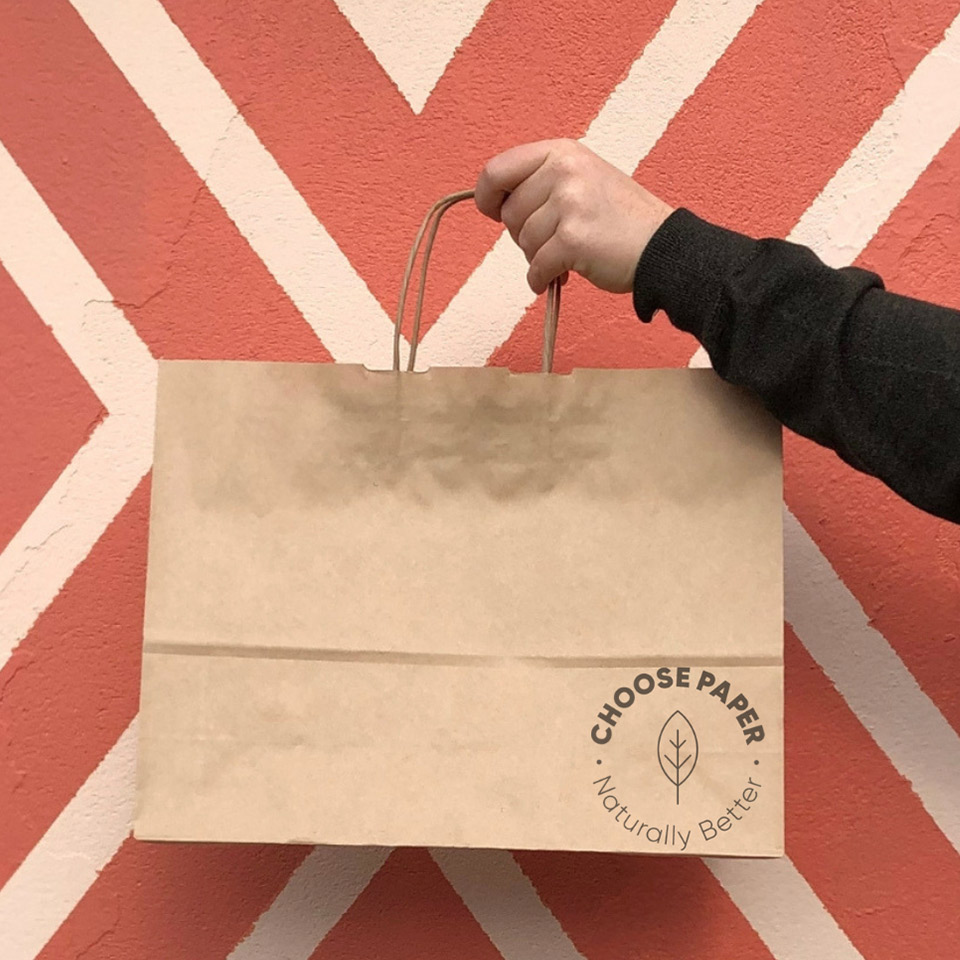
We champion paper as the preferred packaging solution because it is an environmentally responsible option.
Made from a renewable resource, paper bags provide the perfect alternative to single-use plastic bags.
Find out more about choosing paper. Interested in learning about other plastic bans? Head to detpak.com.
Or, back to The Little Things Blog.


